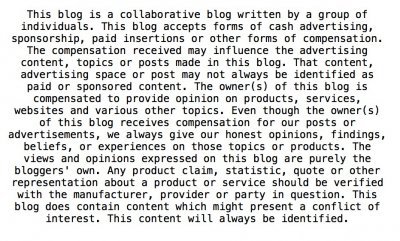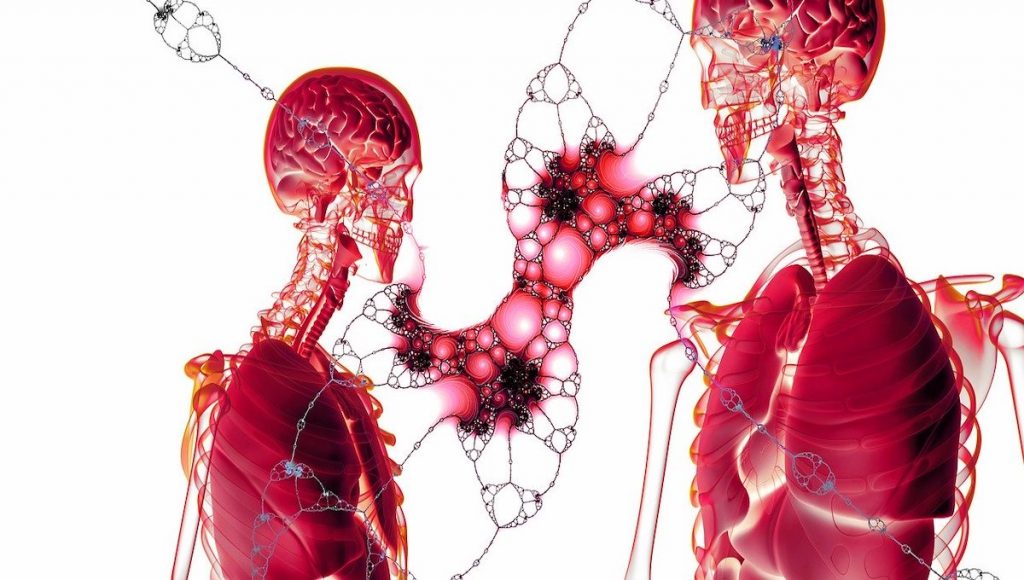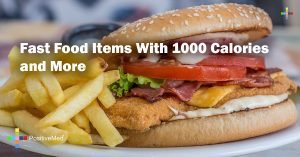Circulation issues are always the result of poor blood flow in an area. However, there are many possible symptoms associated with poor circulation. And there are several common causes of poor circulation. We’ll address the most common symptoms and causes of poor circulation here.

What are the symptoms of poor circulation?
Poor circulation in the legs can cause them to feel heavy, trigger or worsen varicose veins, and eventually leads to sores on the feet that won’t heal. You can also feel itching, burning, and pain in areas with poor circulation. In theory, this can lead to nerve death, especially in diabetes.
When you have peripheral artery disease or poor circulation in the arteries leading to your arms or legs, the affected limbs may feel colder than the rest of your body. The limbs could then take on a different color due to poor circulation. They may or may not be slower to heal.
If your feet hurt when you lay down, that’s a sign of peripheral arterial disease in the feet. Normally, it would hurt worse to get moving than to stop.
When you have particularly poor circulation, you’re prone to edema or swelling of the area. If one arm or leg is much larger than the other, this is a major red flag. In these cases, seek medical attention immediately.
Pressing and squeezing sensations in the chest could be a sign of a heart attack, or it could indicate poor circulation that could lead to that in the future. If you are experiencing these symptoms, seek medical attention immediately.
A related symptom is chronic fatigue and feeling out of breath. However, if it is accompanied by chest pain or nausea, again, call for assistance. A less severe symptom is when you have chronic pain or muscle cramps in a particular area. This is caused by the lack of adequate blood flow to the affected area.
Numbness and tingling can be caused by a lack of proper blood flow. Note that this is always a major warning sign since it can progress to nerve death. The nerve pain going away could result in a lack of feeling in that area, and know that the nerves will not grow back.
What are some of the causes of poor circulation?
One of the most causes of poor circulation is atherosclerosis or hardening of the arteries. This is something that worsens with age, but lifestyle and diet can make it worse. That’s why they give people cholesterol-lowering drugs. The issue can be caused or aggravated by diabetes. It is also why those with diabetes get their feet inspected once a year for foot ulcers. Consult with an expert like David Nabi, MD to determine the best treatment plan for you.
Obesity increases the odds of poor circulation problems in general for those affected, and it increases your risk of diabetes, another risk factor for developing circulatory problems. The general lack of inactivity results in worsening general circulation.
Blood clots can cause suddenly worse circulation. You’re at increased risk of this during pregnancy, bed rest or prolonged time sitting. This is why they warn you about deep vein thrombosis on international flights and suggest you get up and stretch. Increased physical activity reduces the risk in these cases, though it is not always an option. The odds of blood clots forming may be worsened due to the medication you take. Always consult with a doctor to learn how to lower your odds of blood clots along with the associated risk of heart attacks and stroke.
In the case of varicose veins, age is a factor, but so is a family history. Varicose veins can be treated surgically, whether they are sewn up or cauterized with lasers.
High blood pressure can increase the odds of circulatory problems, whether it is due to diabetes and heart disease or a contributing factor to it.







